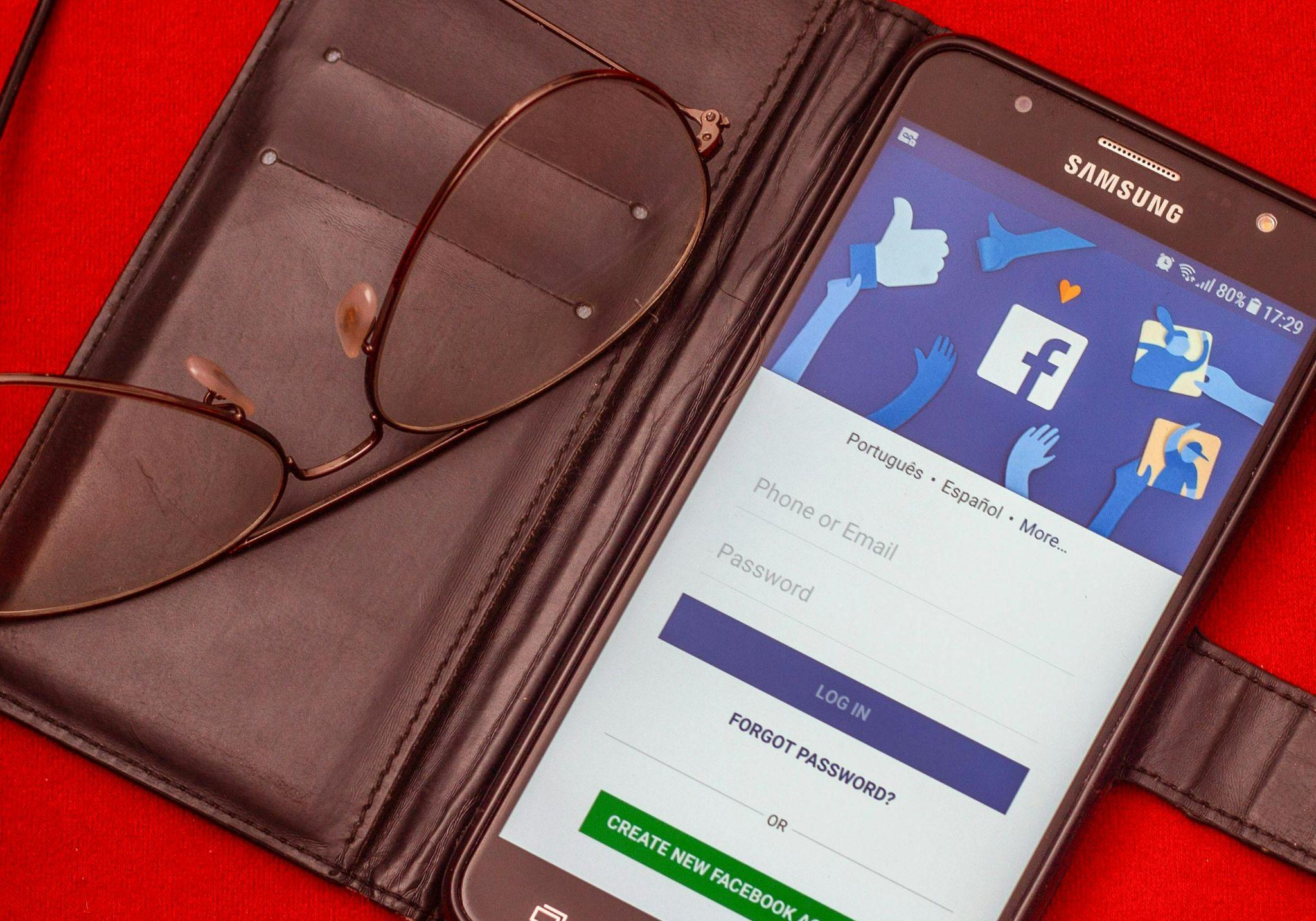
Social media has woven itself into the fabric of our daily lives, but avoiding oversharing on social media has become a critical skill in protecting our digital identities. In an era where personal data fuels targeted advertising, enables identity theft, and exposes users to sophisticated scams, what we choose to post—or not post—directly impacts our privacy, security, and emotional well-being.
Understanding Oversharing and Its Risks
Oversharing occurs when users post information that reveals too much about their personal lives, routines, or vulnerabilities—often without realizing the potential consequences. Many people unintentionally overshare due to a combination of social validation seeking, habitual posting, and underestimating how strangers can piece together seemingly harmless details into a complete profile of their lives.
What Counts as Oversharing Online
Oversharing encompasses any social media activity that reveals sensitive personal information, making users vulnerable to security threats or privacy violations. Common oversharing behaviors include:
- Real-time location check-ins showing where you are at that exact moment
- Posting home addresses, phone numbers, or email addresses publicly
- Sharing financial information like bank statements, paychecks, or credit card details
- Broadcasting travel dates and vacation itineraries before or during trips
- Revealing children’s full names, schools, or daily routines
- Publishing personal conflicts, relationship drama, or emotional breakdowns
- Displaying workplace badges, security passes, or internal company information
- Sharing medical records, diagnoses, or prescription medication details
How Oversharing Exposes You to Security Threats
The information you share online creates a digital blueprint that malicious actors can exploit. Identity thieves harvest details like birthdates, pet names, and mother’s maiden names—common security question answers. Stalkers and burglars monitor location posts to track movements or identify when homes are empty. Data scrapers collect publicly available information to build detailed profiles sold on dark web marketplaces, while scammers use personal details to craft convincing phishing attacks and targeted frauds.
| Type of Information | Potential Risk |
|---|---|
| Home address or geotags | Burglary, stalking, physical threats |
| Full birthdate and birthplace | Identity theft, account takeovers |
| Children’s photos and details | Predator targeting, digital kidnapping |
| Financial information | Fraud, unauthorized transactions |
| Travel plans | Home break-ins, targeted theft |
| Work schedules and routines | Predictable vulnerability windows |
The Psychological Side of Oversharing
People overshare for deeply human reasons. Emotional validation drives many to post personal struggles seeking comfort and connection. Social pressure creates a perceived need to maintain an active online presence, while algorithmic rewards—likes, comments, shares—trigger dopamine responses that reinforce oversharing behavior. Common psychological triggers include:
- Seeking empathy and support during difficult times
- Responding to FOMO (fear of missing out) by constantly documenting experiences
- Building a curated identity that requires continuous content updates
- Competing for social status through lifestyle displays
- Experiencing reduced inhibitions from the psychological distance of screens
Identifying Sensitive Information You Should Never Share
Not all personal information carries equal risk, but certain categories of data should remain strictly private. Understanding which details to protect forms the foundation of safe social media use, as recommended by cybersecurity experts.
Personal Data That Puts Your Security at Risk
Critical personal identifiers serve as keys to your digital and financial life. Never post:
- Full legal name combined with birthdate
- Home address or easily identifiable exterior home photos
- Social Security numbers or national ID numbers
- Passport, driver’s license, or government ID images
- Credit card numbers, bank account details, or financial statements
- Phone numbers linked to banking or two-factor authentication
- Usernames and passwords (seems obvious, but breaches happen)
- Security question answers (pet names, mother’s maiden name, first car)
Family and Children: Special Safety Considerations
Children cannot consent to their digital footprint, making their privacy protection a parental responsibility. Sharenting—oversharing about children—exposes minors to identity theft, digital kidnapping (when strangers claim children’s photos as their own), and creates permanent digital records children may later resent. Safer alternatives include:
- Using back-of-head or profile shots instead of clear face photos
- Cropping faces out of family photos before posting
- Avoiding school names, uniforms, or location tags in children’s photos
- Delaying posts by several days to avoid real-time tracking
- Creating private albums with restricted audience access
- Using nicknames or initials instead of full names
- Never posting bath time, underwear, or compromising photos of minors
Work-Related Information and Professional Boundaries
Your employment creates unique confidentiality obligations and security concerns. Oversharing work information can jeopardize your career, violate non-disclosure agreements, and expose your company to competitive or security risks.
| Okay to Post | Not Safe to Post |
|---|---|
| General job title and industry | Detailed work schedule with exact times |
| Professional achievements and awards | Confidential client names or project details |
| Public company announcements | Internal emails, documents, or screenshots |
| Office culture in vague terms | Security badges, access cards, or building layouts |
| Completed projects (after public release) | Unreleased products or strategic plans |
Safe Posting Practices for Everyday Social Media Use

Developing consistent security-conscious habits transforms how you interact with social platforms. Rather than avoiding social media entirely, strategic posting practices let you maintain connections while minimizing risk.
The “Think Before You Post” Framework
Before hitting “share,” apply this quick mental checklist:
- Does this reveal my current or home location? If yes, delay posting or remove location data.
- Could someone use this to guess my passwords or security answers? Avoid sharing pet names, childhood details, or favorite things.
- Would I want this information public five years from now? Remember that screenshots and archives make deletion difficult.
- Could this endanger my family, especially children? Always prioritize minor safety over likes.
- Does this violate professional confidentiality or workplace policies? When uncertain, don’t post work-related content.
- Am I posting emotionally? Wait before sharing during heightened emotional states.
Using Privacy Settings Effectively
Most platforms offer granular privacy controls that many users never adjust. Recommended settings include:
- Set default post visibility to “Friends Only” rather than “Public”
- Disable location services and photo metadata in app settings
- Review and remove app permissions accessing your profile data
- Enable tag review so you approve posts where others tag you
- Hide friends lists from public view to prevent network mapping
- Turn off “Find me by email/phone” features that enable strangers to locate your profile
- Regularly audit third-party app access and revoke unnecessary permissions
Avoiding Real-Time Posting
Delayed posting dramatically reduces security risks by preventing criminals from knowing your current whereabouts or when your home sits empty. Examples where delayed posting helps:
- Post vacation photos after returning home, not during travel
- Share restaurant visits after leaving, not while dining
- Announce moves or new addresses after settling in, not beforehand
- Discuss conference attendance or business trips after completion
- Celebrate purchases (especially expensive items) days later with removed packaging and location clues
Tools and Techniques to Stay Safe While Sharing
Technology can both create and solve privacy problems. Proactive tools automate protection and catch information leaks before posts go live.
Location and Metadata Privacy
Digital photos contain EXIF metadata including GPS coordinates, camera model, and timestamp—information that can pinpoint your home address or daily patterns. Steps to remove location data:
- iPhone users: Settings > Privacy > Location Services > Camera > “Never”
- Android users: Camera app > Settings > disable “Save location”
- Before posting existing photos: Use metadata removal apps like Photo Metadata Remover or ViewExif
- Manually review photo backgrounds for identifiable landmarks, street signs, or house numbers
Using Content Filters and Post Review Tools
Several privacy-focused tools analyze content before posting:
- Enable platform-built “Are you sure?” prompts that suggest reconsidering sensitive posts
- Use browser extensions like Privacy Badger to understand what data posts expose
- Try apps like PrivacyHawk that scan photos for identifiable information
- Draft sensitive posts in notes apps first, reviewing after 24 hours with fresh perspective
Limiting Third-Party App Access
External applications connected to social media accounts often harvest extensive data. Many quizzes, games, and services request far more permissions than necessary.
| Permission Type | Risk Level | What They Access |
|---|---|---|
| Basic profile info | Low | Name, profile picture |
| Friend lists | Medium | Your entire social network map |
| Email address | Medium | Direct contact and spam potential |
| Post on your behalf | High | Full account control |
| Access private messages | Critical | All DM content and contacts |
| Location data | High | Movement tracking and patterns |
Building a Healthy Digital Persona Without Oversharing

Authenticity doesn’t require vulnerability to security threats. Strategic sharing lets you maintain genuine connections while protecting sensitive information.
Sharing Value Without Sharing Vulnerabilities
Focus content on contributions that enrich your network without exposing personal details:
- Skills and expertise: Share professional knowledge, tutorials, or industry insights
- Creative projects: Display artwork, writing, or hobbies without location tags
- Achievements: Celebrate accomplishments in general terms
- Inspiration: Curate helpful content, quotes, or resources
- Advocacy: Support causes without revealing personal circumstances
- Community building: Engage with topics you’re passionate about
Using Boundaries to Protect Mental Health
Oversharing often stems from unmet emotional needs. Establishing posting boundaries protects both privacy and psychological wellbeing:
- Avoid posting during emotional peaks (anger, grief, extreme happiness)
- Never use social media as a primary therapy or conflict resolution tool
- Establish “no-post zones” for relationships, medical issues, or family matters
- Set time limits to prevent compulsive sharing behaviors
- Consider whether posts seek validation or genuinely add value
Positive Storytelling Techniques
Express experiences meaningfully without compromising safety by focusing on lessons and emotions rather than details. Share “I learned valuable lessons during a recent challenge” instead of detailing the specific crisis. Celebrate “exploring new places” without geotagging exact locations. Discuss career growth generally rather than naming clients or revealing confidential projects.
Examples of Safer Alternatives to Common Oversharing Posts
Small adjustments transform risky posts into safer content without sacrificing engagement.
Location Posts: From Risky to Safe
| Dangerous Post | Safer Alternative |
|---|---|
| “At home alone tonight!” | “Enjoying a quiet evening” (posted next day) |
| Real-time airport check-in | Post vacation photos after returning |
| “House to ourselves this week!” | Don’t mention absence duration |
| Geotagged restaurant visit | Share food photos without location tags |
Family and Children Content
- Instead of: Full-face photos with school uniforms → Try: Artistic shots showing hands, feet, or back views
- Instead of: “Emma’s first day at Lincoln Elementary!” → Try: “First day of school milestone” (generic)
- Instead of: Public birthday posts with full name and date → Try: Private messages or age-only mentions
- Instead of: Daily routine updates → Try: Weekly highlights posted irregularly
Daily Routines, Work Schedules, and Travel Plans
Make these adjustments to routine-revealing posts:
- Morning coffee posts: Share the coffee, not the time or location pattern
- Gym check-ins: Post workout achievements after completion without timestamps
- Work schedule complaints: Vent privately to friends, not publicly on social media
- Upcoming travel announcements: Post destination photos after arrival, not departure dates
- Regular activity patterns: Vary posting times and avoid establishing predictable schedules
Conclusion
The art of avoiding oversharing on social media doesn’t require abandoning digital connection—it demands conscious intention about what, when, and how we share. By understanding common oversharing risks, implementing the “think before you post” framework, utilizing privacy tools, and choosing safer alternatives for everyday content, you maintain meaningful online engagement while protecting your security, privacy, and peace of mind. Small adjustments in posting habits create significant improvements in digital safety, allowing you to navigate social platforms confidently without compromising the information that matters most. Remember: in the digital age, what you don’t share often protects you more than what you do.
